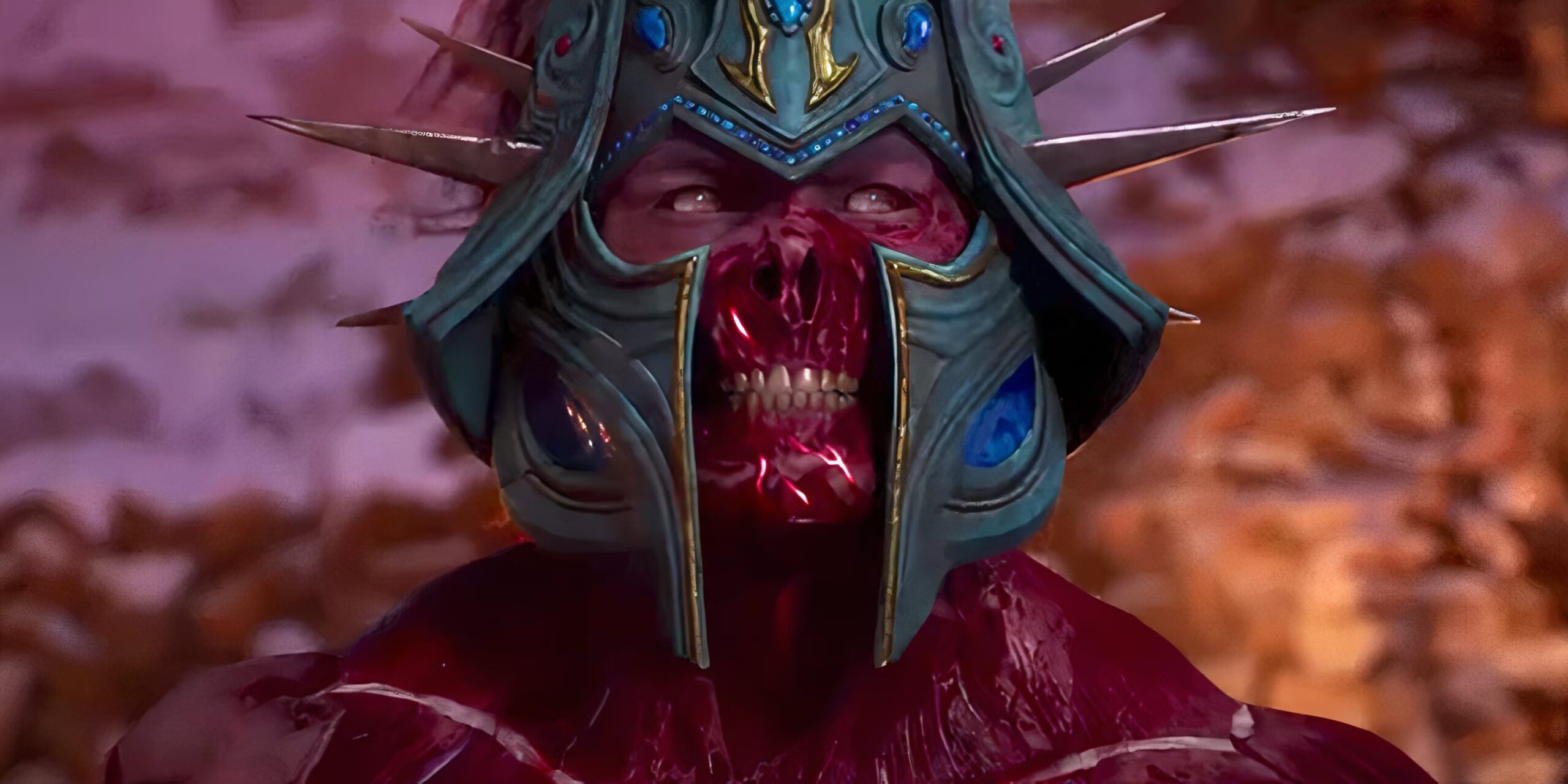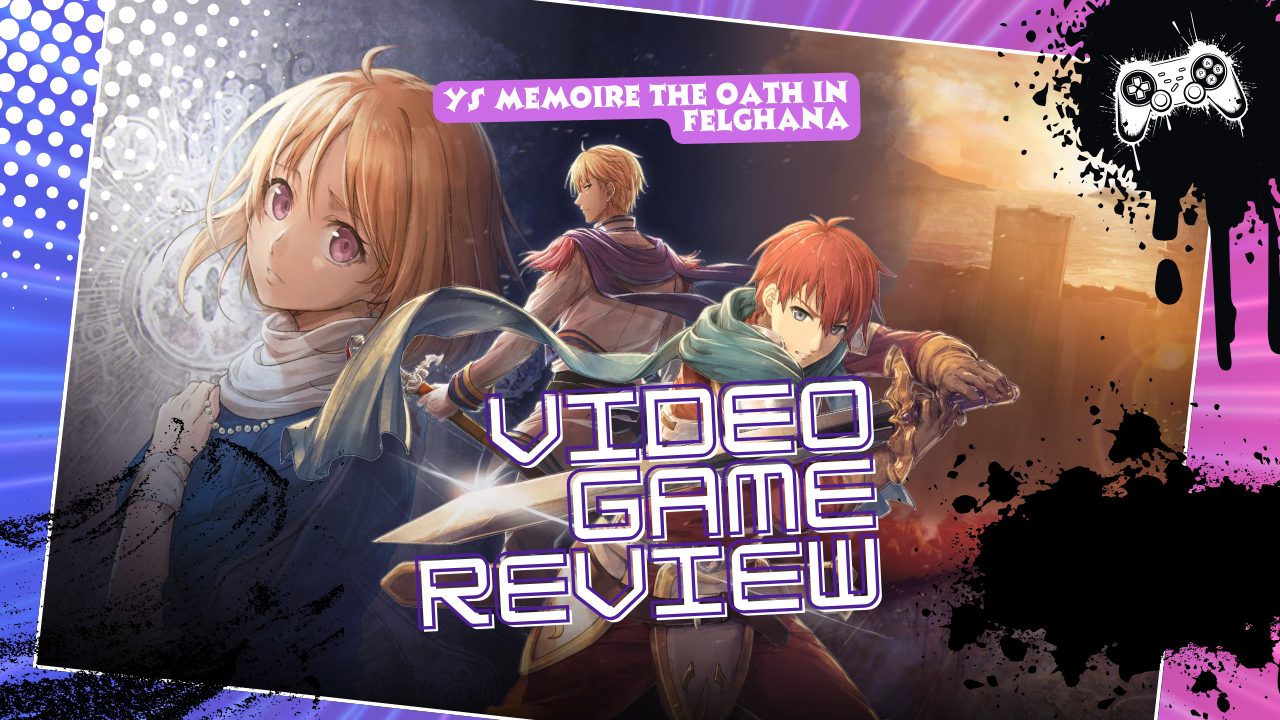As I sit down to reflect on Metal Gear Solid for the original PlayStation, a flood of nostalgia and admiration washes over me. Hideo Kojima’s masterpiece, released in 1998, not only redefined the stealth genre but also left an indelible mark on the gaming landscape. From its gripping narrative to its groundbreaking gameplay, Metal Gear Solid stands as a testament to the power of storytelling in video games.

The Intricate Tapestry of Narrative Brilliance
Metal Gear Solid’s narrative brilliance is one of its defining features. As players assumed the role of Solid Snake, infiltrating the shadowy military compound of Shadow Moses Island, they were immediately immersed in a world filled with espionage, political intrigue, and high-stakes action. Kojima’s storytelling unfolded through intricate plot twists, memorable characters, and codec conversations that seamlessly blended with gameplay, creating an immersive and cohesive experience.
The game’s ability to tackle complex themes such as nuclear proliferation and genetic manipulation was ahead of its time. Metal Gear Solid delved into philosophical ideas, questioning the nature of heroism and villainy, and leaving players pondering long after the credits rolled. The narrative depth of Metal Gear Solid elevated it beyond a mere video game; it became a captivating interactive story.
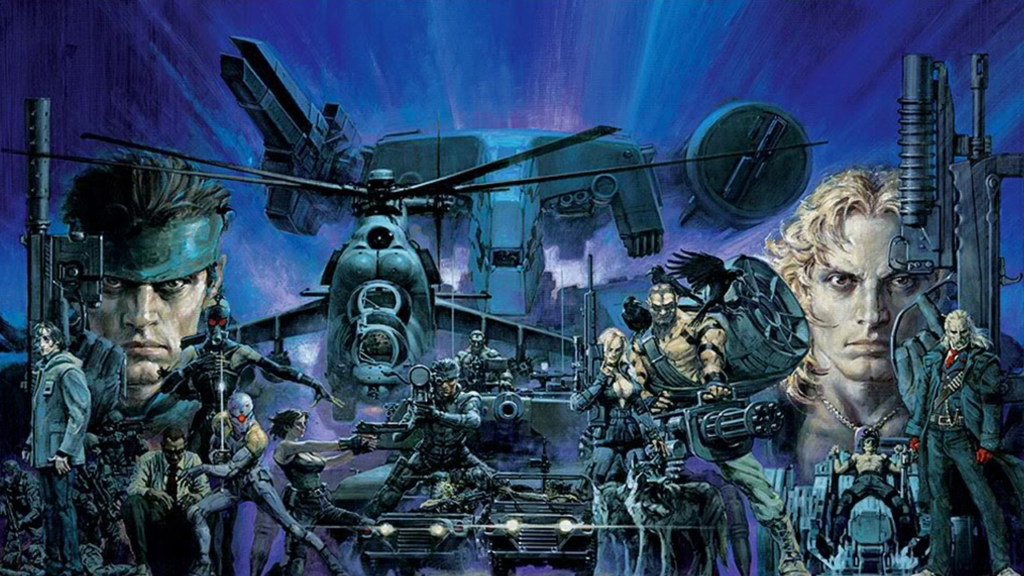
Revolutionary Graphics and Cinematic Quality
In the realm of 1998, Metal Gear Solid’s graphics were revolutionary. While they may appear dated now, at the time, they represented a quantum leap forward in video game visuals. The cinematic quality of cutscenes, featuring detailed character models and immersive environments, set a new standard for storytelling in the medium. The game blurred the lines between gameplay and cinema, creating an experience that felt like an interactive movie.
The visual design of Shadow Moses Island, with its dark and atmospheric settings, added to the overall sense of tension and intrigue. The attention to detail in character animations, facial expressions, and environmental design showcased the developers’ commitment to creating a visually stunning and cohesive world.
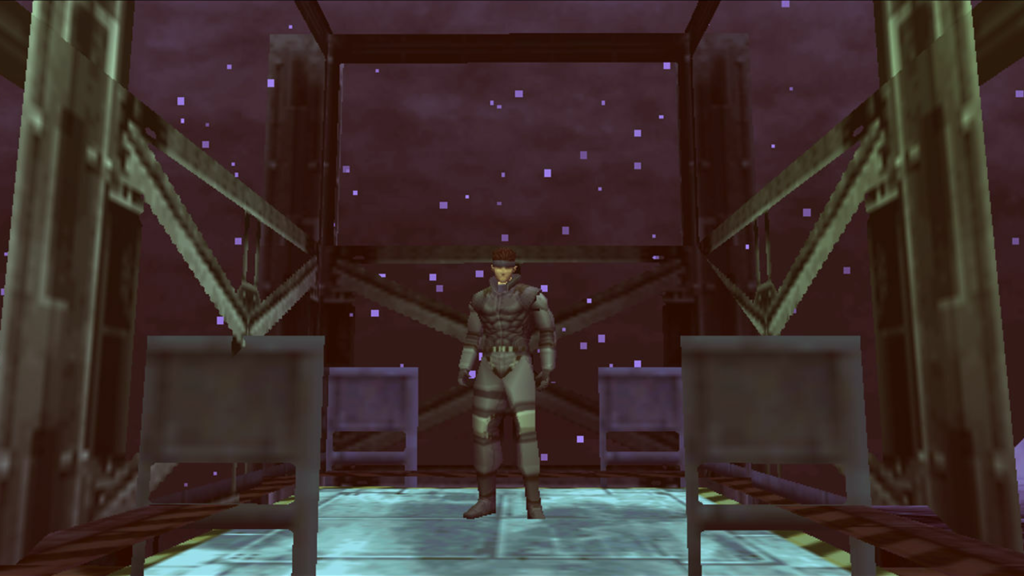
The Enchanting Symphony: Metal Gear Solid’s Soundtrack
No discussion of Metal Gear Solid would be complete without acknowledging the enchanting soundtrack composed by Harry Gregson-Williams. The music in the game wasn’t just a background element; it was a vital component that heightened the emotional impact of every moment.
The “Encounter” theme, with its pulsating rhythm and suspenseful undertones, accompanied players during intense moments, elevating the tension to new heights. Conversely, “The Best Is Yet to Come,” played during the closing credits, provided a poignant and emotional conclusion to the gaming experience. The marriage of gameplay and music in Metal Gear Solid was a testament to the importance of a well-crafted soundtrack in enhancing the overall gaming experience.
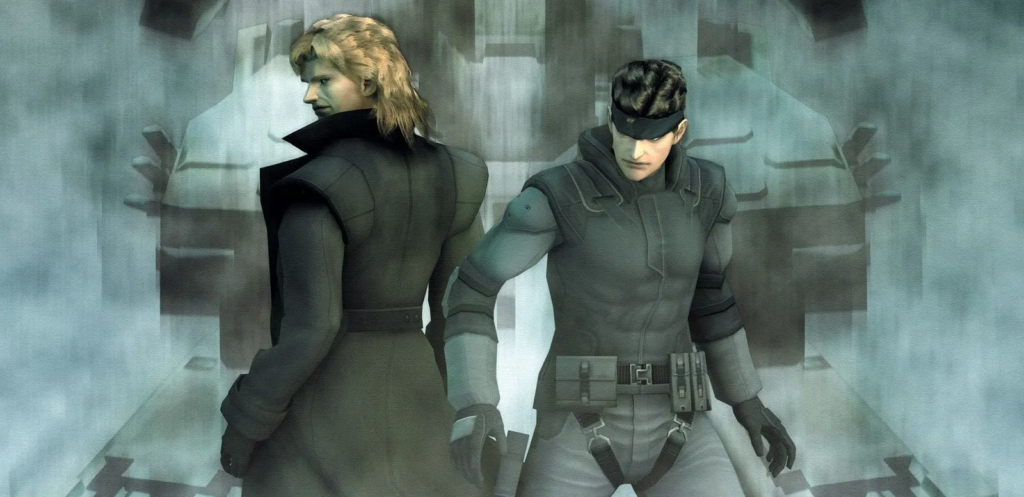
Stealth Gameplay: A Paradigm Shift
Metal Gear Solid’s innovative approach to stealth gameplay set it apart from its contemporaries. The use of sound, line of sight, and the now-iconic cardboard box made every moment in the game tense and strategic. The emphasis on avoiding direct confrontation and relying on wit and cunning to navigate the environment was a paradigm shift in gaming.
The game’s AI was remarkably advanced for its time, with enemies responding dynamically to the player’s actions. This added an extra layer of challenge, forcing players to think on their feet and adapt to changing circumstances. The boss battles, besides being intensely challenging, served as narrative crescendos, each contributing to the unfolding story in a meaningful way.

Enduring Legacy and Industry Impact
Despite the evolution of gaming technology over the years, Metal Gear Solid’s legacy endures. Its impact on the gaming industry is evident in the numerous titles that followed, embracing narrative-driven experiences and pushing the boundaries of interactive storytelling. The success of the broader Metal Gear franchise further attests to the enduring appeal of the original title.
The game’s influence is not confined to its genre; it has transcended gaming itself. Metal Gear Solid paved the way for a new era of cinematic storytelling in video games, inspiring developers to prioritize narrative depth and emotional engagement. It left an indelible mark on the gaming landscape, shaping the expectations of players and critics alike.

Conclusion: A Timeless Journey
In retrospect, Metal Gear Solid for the PS1 stands as a timeless journey of innovation and narrative brilliance. It wasn’t just a game; it was an immersive odyssey that transcended the boundaries of its medium. Hideo Kojima’s vision, coupled with the talents of the development team, created an experience that continues to captivate new generations of gamers.
As we celebrate the enduring legacy of Metal Gear Solid, we are reminded of its significance in the evolution of video games as an art form. It was a pioneer, breaking new ground and setting the stage for a future where storytelling in gaming would be as essential as the gameplay itself. Metal Gear Solid is not just a game from the past; it is a timeless masterpiece that will be remembered and revered for years to come.


